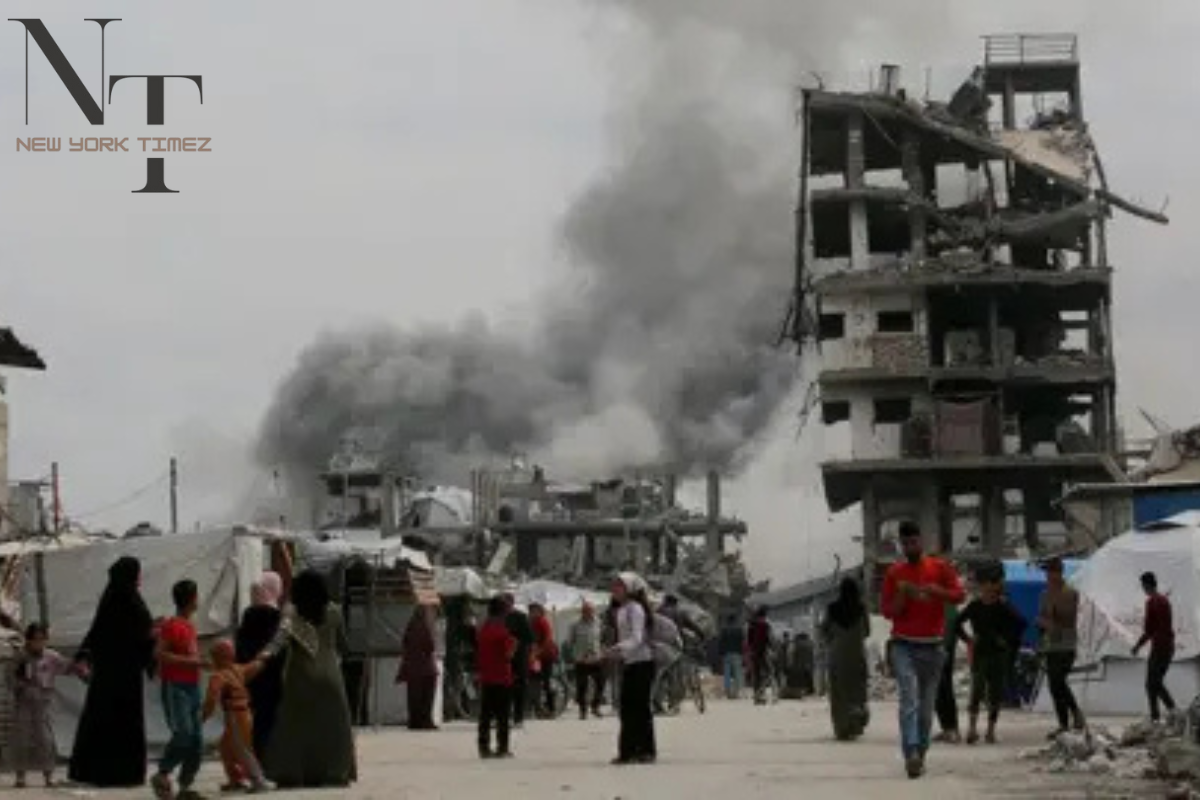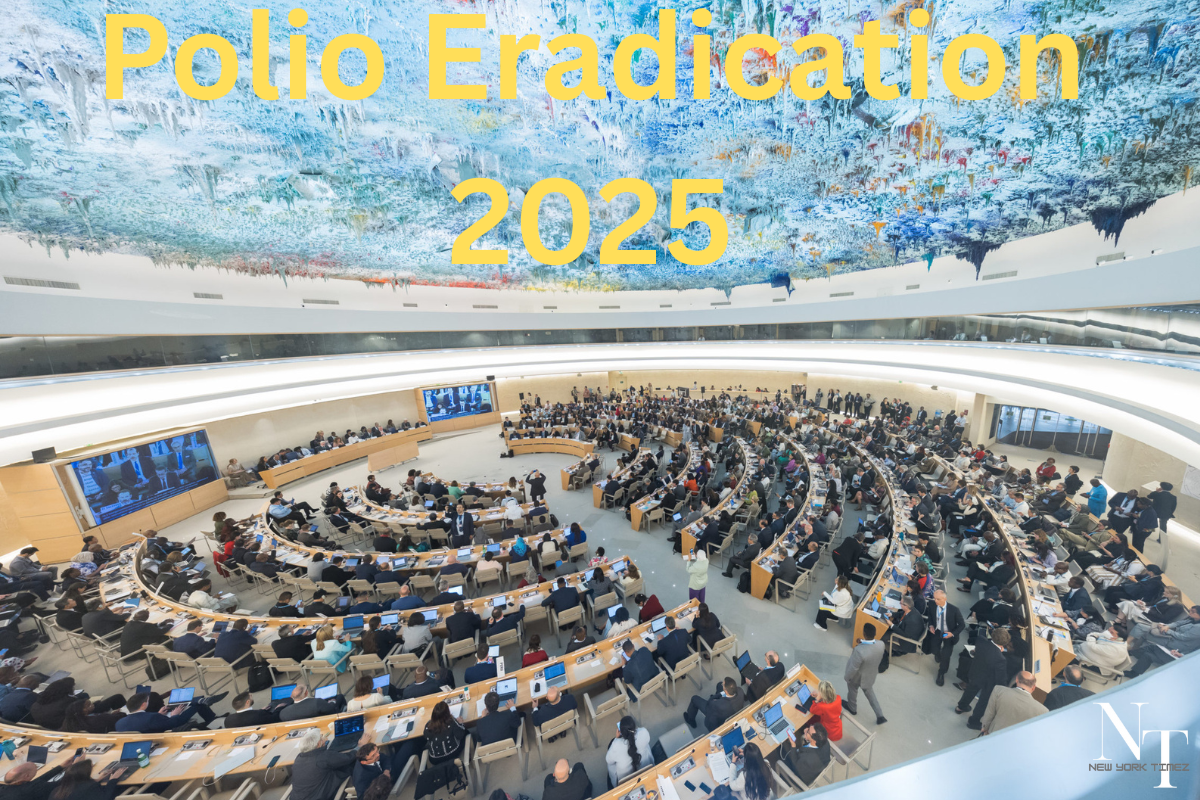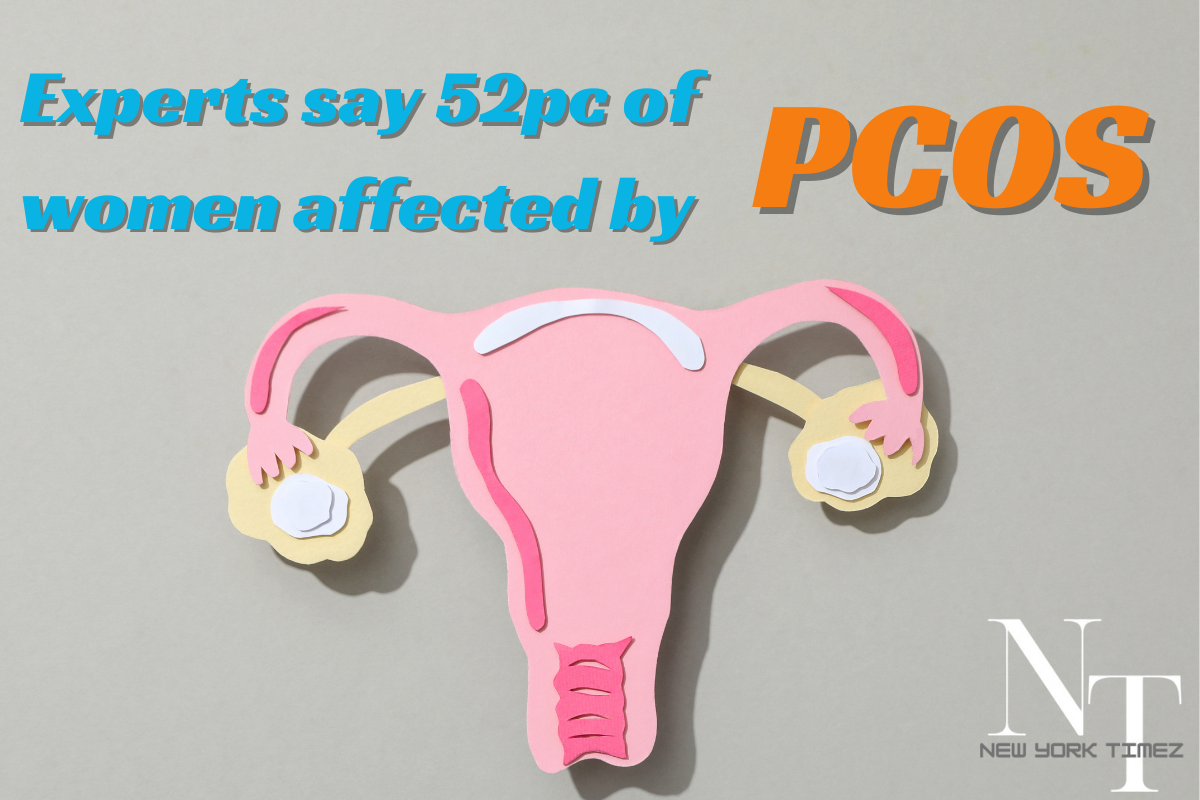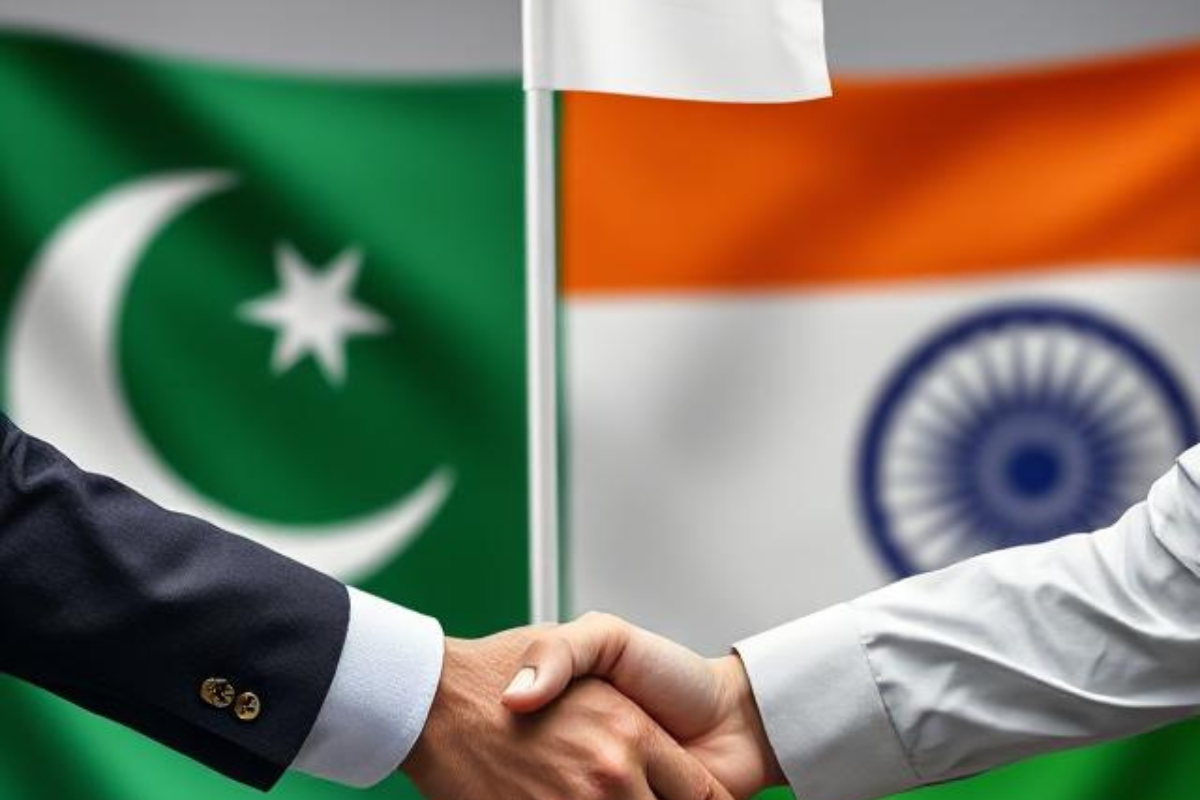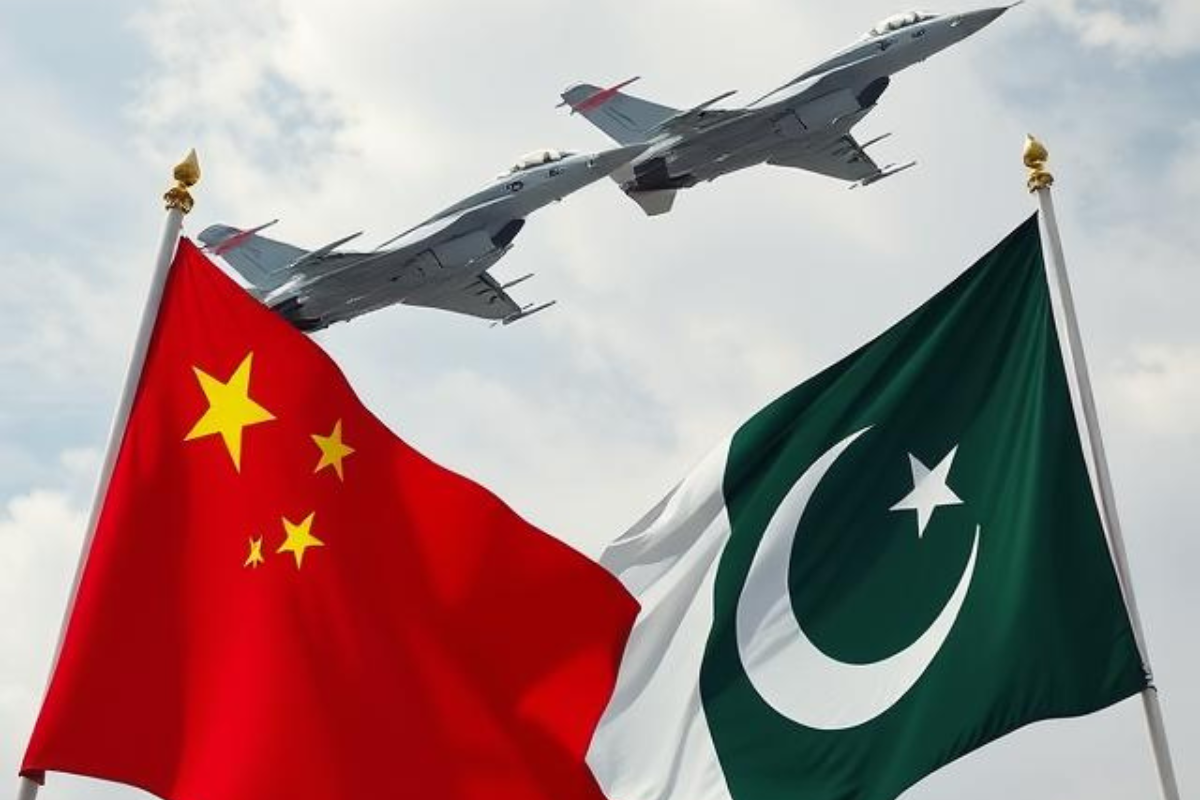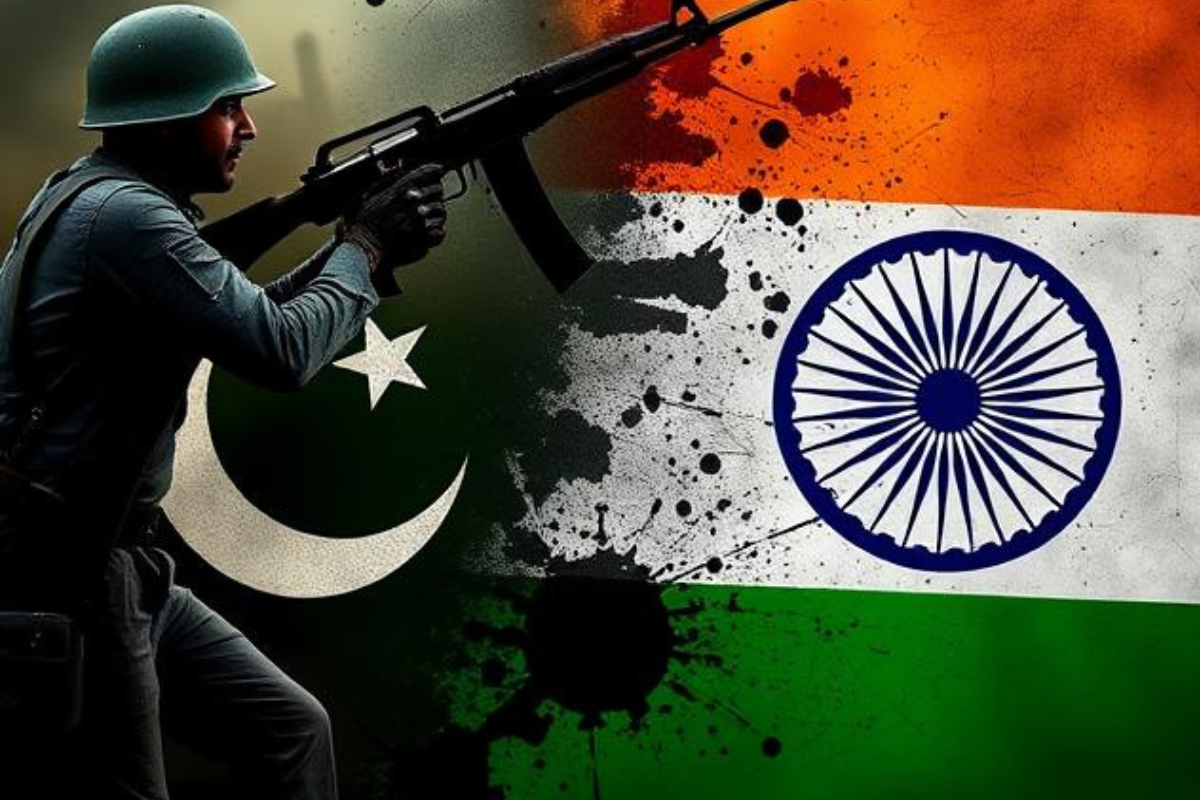
India and Pakistan on the Brink of Conflict: A Simple Overview
Introduction
Tensions between India and Pakistan have escalated dramatically following a series of military actions. India conducted airstrikes in Pakistan and Pakistan-administered Kashmir, leading to significant casualties and prompting a strong response from Pakistan. This article aims to provide a clear and straightforward explanation of the events, their background, and the potential implications for the region and the world.
Background: The Kashmir Conflict
Kashmir, a region located in the northern part of the Indian subcontinent, has been a point of contention between India and Pakistan since both countries gained independence from British rule in 1947. Both nations claim the region in full but control only parts of it. Over the years, this dispute has led to several wars and ongoing skirmishes, making it one of the most militarized zones in the world.
The Trigger: April 22 Attack in Pahalgam
On April 22, 2025, a tragic incident occurred in Pahalgam, a popular tourist destination in Indian-administered Kashmir. Gunmen attacked a group of tourists, resulting in the deaths of 26 individuals, including 25 Indian nationals and one Nepali citizen. India attributed this attack to the Islamic Resistance Front, a group believed to be linked to the Pakistan-based Lashkar-e-Taiba. The incident intensified public outrage in India and increased pressure on the government to respond decisively.
Trending News: India Strikes Pakistan; Pakistan Says 5 Indian Jets Downed Amid Major Escalation.
India’s Response: Operation Sindoor

In the early hours of May 7, 2025, India launched “Operation Sindoor,” a series of airstrikes targeting nine locations in Pakistan and Pakistan-administered Kashmir. The Indian government stated that these strikes were aimed at dismantling terrorist infrastructure associated with groups like Lashkar-e-Taiba and Jaish-e-Mohammed. India emphasized that the operation was precise and non-escalatory, claiming that no civilian or military facilities were targeted.
The name “Sindoor” refers to the red powder traditionally worn by married Hindu women, symbolizing the loss suffered by the widows of the Pahalgam attack victims.
Pakistan’s Reaction
Pakistan condemned the Indian airstrikes, labeling them as an “act of war.” The Pakistani government reported that the strikes resulted in the deaths of at least 26 civilians, including women and children, and injured 46 others. They also claimed that mosques and residential areas were among the targets.
In retaliation, Pakistan’s military stated that it had shot down five Indian fighter jets and one drone. While India has not confirmed these losses, eyewitnesses and local officials reported sightings of aircraft wreckage in Indian-administered Kashmir.
Pakistani Prime Minister Shehbaz Sharif declared that the country had every right to respond and authorized the military to undertake “corresponding actions.” He emphasized that Pakistan would not tolerate aggression and would defend its sovereignty.
Escalation Along the Line of Control (LoC)
Following the airstrikes, both nations engaged in heavy shelling and gunfire across the Line of Control (LoC), the de facto border dividing Kashmir. This exchange of fire led to additional civilian casualties on both sides.
In Indian-administered Kashmir, authorities ordered the evacuation of residents from areas deemed dangerous. Shelters were set up to provide accommodation, food, and medical assistance to those displaced by the conflict.
Impact on Civilians and Infrastructure
The escalating conflict has had a profound impact on civilians in both countries. In addition to the casualties from the airstrikes and shelling, the situation has disrupted daily life and essential services.
Air travel has been significantly affected, with Pakistan closing parts of its airspace and over 300 flights canceled. Several airports in northern India have also been shut down, causing widespread travel disruptions.
The fear of further escalation has led to panic among residents, with many seeking refuge in safer areas. Schools and businesses in the affected regions have been closed, and emergency services are on high alert.
International Response
The international community has expressed deep concern over the escalating tensions between the two nuclear-armed neighbors. United Nations Secretary-General António Guterres urged both countries to exercise maximum restraint and avoid actions that could further escalate the situation.
The United States, China, Russia, and the European Union have all called for de-escalation and offered to mediate between the two nations. These global powers emphasized the importance of dialogue and peaceful resolution to prevent a full-scale war.
Historical Context: A Pattern of Conflict
India and Pakistan have a long history of conflict, particularly over the Kashmir region. They have fought three major wars—in 1947, 1965, and 1971—and engaged in numerous skirmishes and military standoffs. The most recent significant confrontation occurred in 2019 when India conducted airstrikes in Pakistan following a suicide bombing in Pulwama that killed 40 Indian paramilitary personnel.
Despite various peace initiatives and agreements, the underlying issues remain unresolved, and the region continues to be a flashpoint for potential conflict.
Potential Consequences
The current escalation poses several risks:
Humanitarian Crisis: Continued military actions could lead to a significant loss of life and displacement of civilians, creating a humanitarian emergency.
Economic Impact: The conflict could disrupt trade and economic activities, affecting not only India and Pakistan but also neighboring countries.
Regional Stability: Increased tensions could destabilize the South Asian region, leading to broader geopolitical consequences.
Nuclear Threat: Both countries possess nuclear weapons, and any miscalculation could have catastrophic global implications.
Calls for Dialogue and Peace
Amid the rising tensions, there is a growing chorus of voices advocating for dialogue and peaceful resolution. Civil society organizations, peace activists, and concerned citizens from both countries have called on their governments to prioritize diplomacy over military action.
Efforts are underway to initiate backchannel communications and explore avenues for de-escalation. However, the path to peace remains fraught with challenges, and sustained commitment from both sides is essential.
Conclusion
The recent events have brought India and Pakistan to a critical juncture. While the desire for justice and security is understandable, the path of military confrontation carries immense risks. It is imperative for both nations to engage in constructive dialogue, address underlying issues, and work towards a peaceful and stable future for the region.
